Features of terry "daisies"

Terry "daisies" are laconic, but very beautiful flowers that will decorate almost any site, flower bed. There are many varieties of this plant - more than 150 varieties. Among gardeners and florists of various sizes and levels, "chamomile" is very widespread. To choose your ideal varieties, you need to know all the intricacies of the care and planting of this plant.
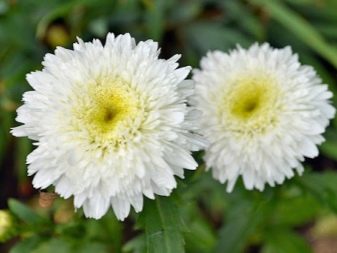
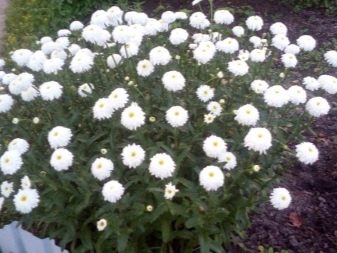
general description
Terry "daisies" are herbaceous plants, their family group - Astrovye. Despite the fact that this type of "daisies" is often called nivyanik, this epithet is not correct. Nivyanik is an independent subspecies of terry plants. "Chamomile" belongs to the perennial representatives of the flora and has the following visual features:
- inflorescences are dimensional, terry, visually similar to chrysanthemums;
- the stem is wide, dense, elastic, deep green in color;
- plant height can vary depending on the variety - from 30 cm to 1 meter;
- the buds are most often dense, but there are also soft large buds;
- diameter from 8 to 12 cm, depending on the variety.
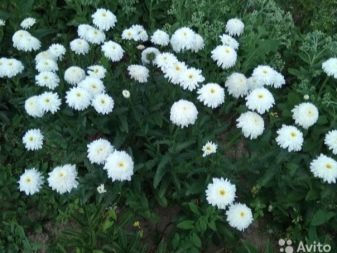
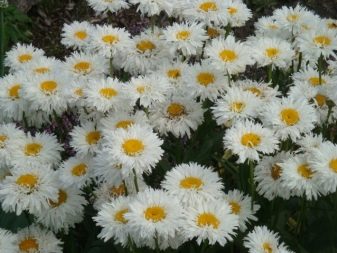
The flowering period directly depends on which variety the plant belongs to, the average is from the first month of summer to October. The color of "chamomile" is usually snow-white, but there are varieties with chalky, milky, creamy petals, pink "chamomile" most often refers to other species and families.
These plants are great for decorating garden beds and for forming bouquets. They stand for a long time in the cut, have a laconic, unobtrusive aroma, look impressive and mix well with other flowers.
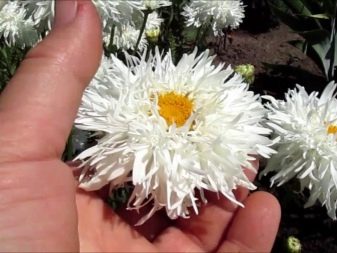
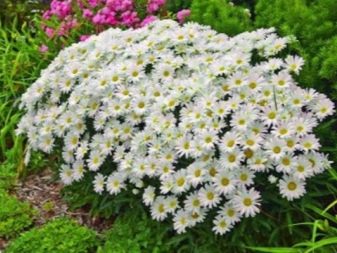
Species and their varieties
Garden terry "daisies" are represented by a large number of species and varieties. Among this variety, the following options stand out.
French
Perennial French chamomile is primarily distinguished by its powerful winter hardiness. Among the Astrovs, this is the most frost-resistant representative. She prefers wet soil, begins to bloom at the end of spring. The flowering period does not stop until the first frost.
Luxurious inflorescences with abundant terry - this daisy is quite large, the flower size is about 11 cm.

Nivyanik
The flower has quite a few varieties, moreover, it is divided into two conditional groups. One group is represented by "Crazy Daisy", the second - by varieties of the daisy itself. Daisies of these groups have different sizes, heights, but they all differ in their special decorative effect.
- Crazy Daisy. The perennial beauty is singled out in a special group, as it is very widespread. It stretches up to 70 cm in height, has elongated petals with a dissection, rather soft. This variety is white in color of the petals, the shape resembles a chrysanthemum. Prefers loose soil, spacious and well-lit areas, fertilizers. It is recommended to plant in open ground after a greenhouse.
- "Snow White". It stretches up to 70 cm, the size of the flower is about 10 cm. The decorativeness of this representative of the flora is incredible, the plant resembles a chrysanthemum, but differs in aroma and structure of the stem. The rich, luxurious bloom creates the desired effect both in the garden and in the bouquet. In the cut, this variety stands for quite a long time.
- "Aphrodite". Another large variety of chamomiles that visually resemble chrysanthemums.The petals of this plant are thinner and more graceful, the color is white, the stem can stretch from 50 cm to 1 m. Ideal for floristic and landscape decoration. Prefers well-lit areas.
- Mayfield. This variety belongs to semi-double, it also differs in a large number of branches, stems of a dark green color. Basket-type inflorescences look very impressive, the row of white petals is double, the yellow center is similar to a funnel. Overall inflorescences expand up to 12 cm, stem height does not exceed 90 cm.
- "Swan Lake". Spectacular white flower with luxurious terry, thin petals, airy. The middle is a dark yellow contrasting with the petals.
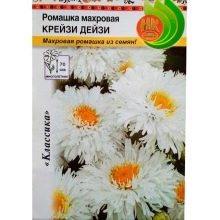
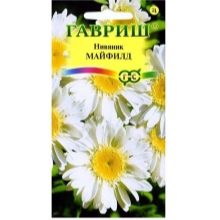
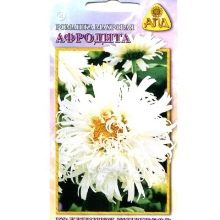
Chrysanthemum
The inflorescence of this plant is single and rather large, so it visually differs from others. The size usually fluctuates around 12 cm. Very pleasant softish petals frame the juicy middle.
These representatives of the flora grow well in partial shade, they do not need a lot of sunlight. Winter hardiness at a high level.
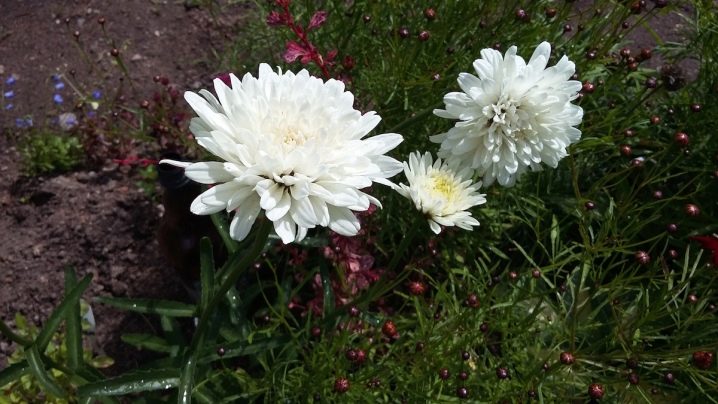
Edelweiss
Leontopodium is the second name of this species, it also grows well in harsh climatic conditions. Blooms in early summer and blooms profusely for three months. Visually, the inflorescences are similar to the paw of a lion, very lush, spectacular.
Plants grow well on moist soil, they tolerate shade well.
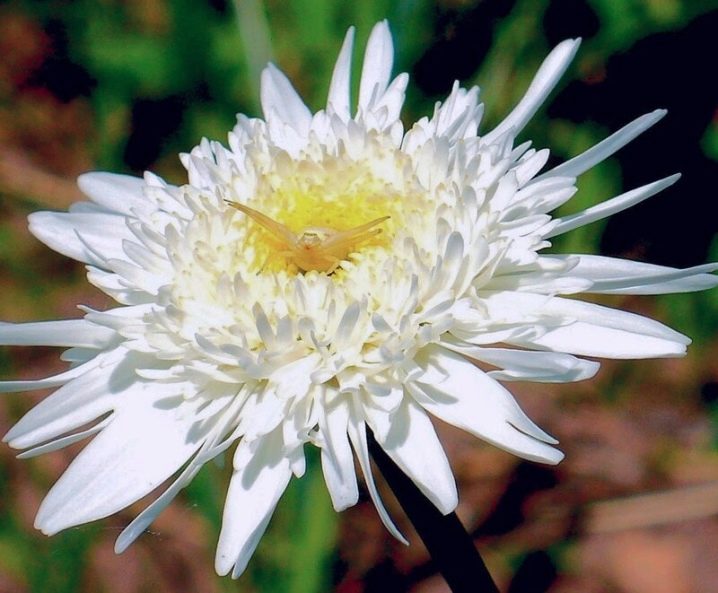
Other
In addition to the above, there are other varieties that deserve attention.
- Goldfinch. Terry inflorescences with a golden sheen, petals with a dissection. Blooms in early summer, the last flowers bloom before frost. The height is about half a meter, great for group beds. Requires a lot of sunlight.
- Fiona Goghill. Mahra of this plant is very dense, looks like a pompom. The stem is stretched to half a meter, flowering continues from early to late summer. It is very sensitive to soil fertility, high-quality moisture, top dressing.
- Real Knight. The flowers look like a spoon, narrowish in the center, wide at the edges. The rows of petals are double and triple. The stalk is powerful, stretches up to 40 cm. Winter hardiness is average, but the immunity is very strong. The beginning of flowering is mid-summer, it requires a lot of sun.
- "Little lady". Small "chamomile", the stem height of which does not exceed 15 cm. Despite its size, it looks very impressive in the landscape.
- Real Glory. It stretches up to 75 cm, the flowers are snow-white at the edges, of the tubular type - with a pale yellowness. Diameter about 11 cm, blooms from early summer to mid-autumn. It has good immunity against diseases and pest attacks.

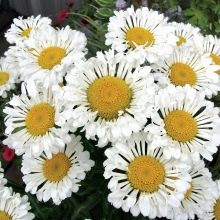
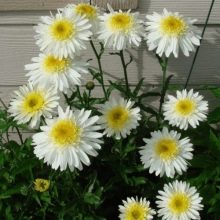
Landing
First of all, you need to take care of choosing a worthy site, taking into account the characteristics of the type of plant. Almost all varieties of "chamomiles" prefer moist, well-loosened soil. Most of them require abundant sunlight, but there are varieties that tolerate partial shade well.
30 days before the intended planting, it is important to plow and feed the soil with minerals or organic matter. Then small holes are formed.
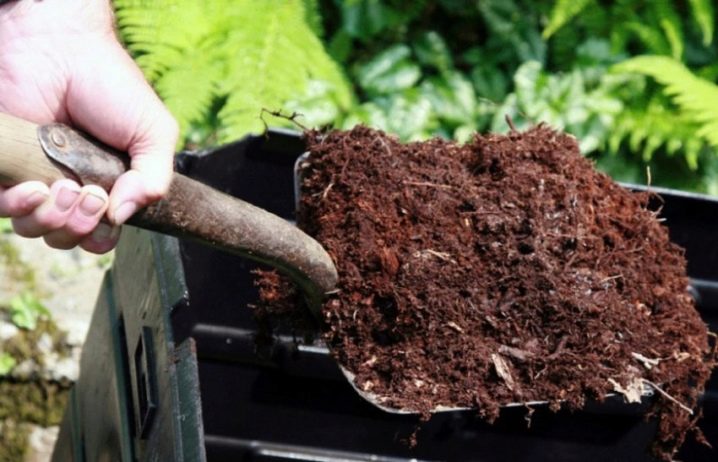
As for the landing method, there are three options.
- Seedless. In this case, the seeds are planted in open soil, the optimal time is late spring, early summer. The seed is small, so it is sprinkled with soil and the first shoots are waited for in 14-20 days. When 3 to 5 leaves are formed on the sprouts, the plants need to be planted in 2 pieces. 40 cm recede between them. The flowering time depends on whether you choose an early or late variety.
- Seedling. The most common method in which in March the seed is sown in pots or other containers, in loose, moist soil with a drainage layer. After planting, you need to sprinkle the soil with water, cover it with polyethylene and put it in a warm, sunny place. Seedlings are planted after high-quality warming up of open ground, at the end of spring.
- Division of the bush. An adult bush is planted every 3 or 4 years. At the beginning of autumn or April, the bush is dug up, divided into 2 or 3 parts and planted. The distance between them is maintained about 40 cm.
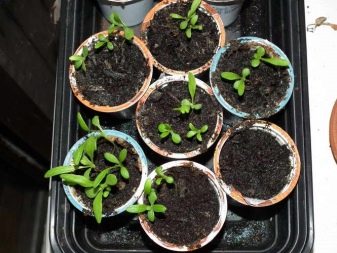
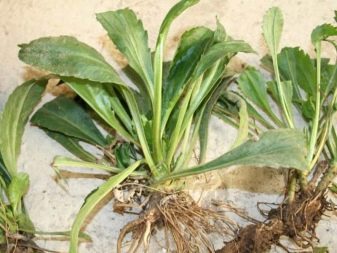
Growing care
It doesn't matter how you grow "chamomile" - outdoors, in a group flower bed or at home, there are a number of agronomic measures that are necessary. It is necessary not only to loosen the soil and remove weeds.
- Moisturizing. Since this plant is demanding precisely on the moisture content of the soil, it is necessary to water it thoroughly. In the summer, when the weather is hot, the procedure is carried out about every other day. A liter of water is required for 1 square meter. It is necessary to constantly monitor whether the soil does not dry out, but it is also impossible to allow waterlogging.
If you pour the "chamomile", bacteria will begin to develop, the plant will get sick.
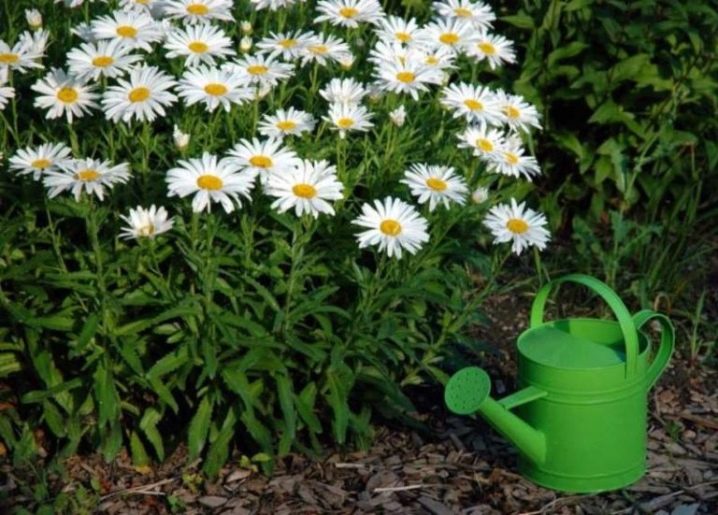
- Fertilizer. For the formation of lush and beautiful inflorescences, the plant requires fertilization. About 2 times a month, young bushes should be fed with nitrogen compounds, for example, mullein infusion. Adult plants, two- and three-year-olds, need urea, it is added before flowering. If the inflorescences lose their juicy bright color, the urea must be added again.
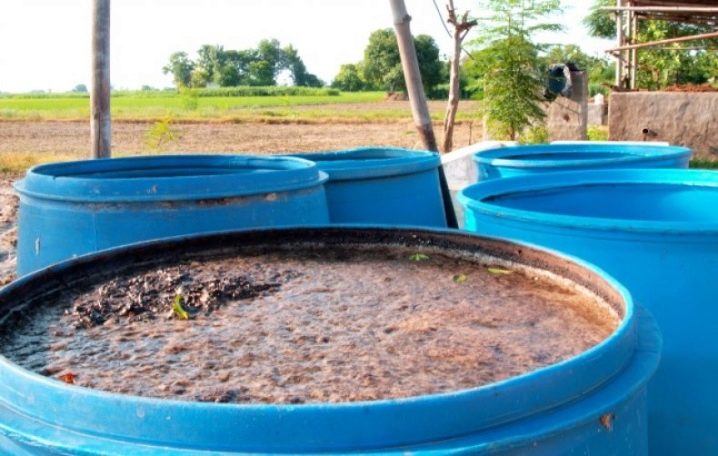
- Pest and disease control. There are varieties with strong immunity, but most plants of this species are at risk of encountering rust, powdery mildew, gray rot. It is very important to immediately remove all diseased bushes, and quickly treat healthy ones with fungicidal compounds. Aphids and thrips attacks can also seriously harm the plant. You can help the "chamomile" by using a soap solution, which is applied to damaged areas in the evening.
It is worth treating with insecticidal and acaricidal formulations.
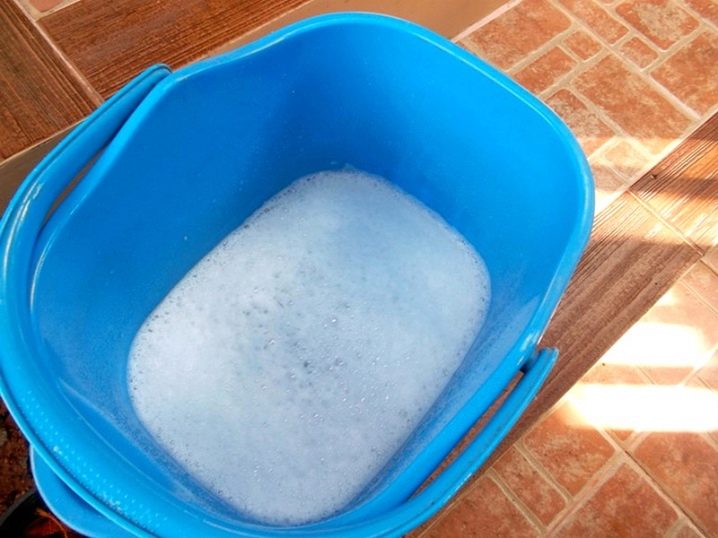
Beautiful examples in landscape design
- Nivyanik "Fiona Goghill" looks luxurious even in chaotic plantings.
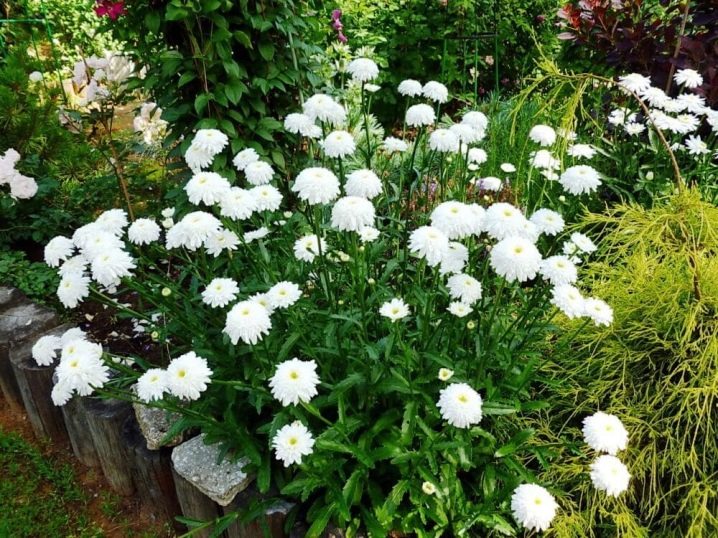
- Neat laconic "daisies" perfectly complement any group planting.
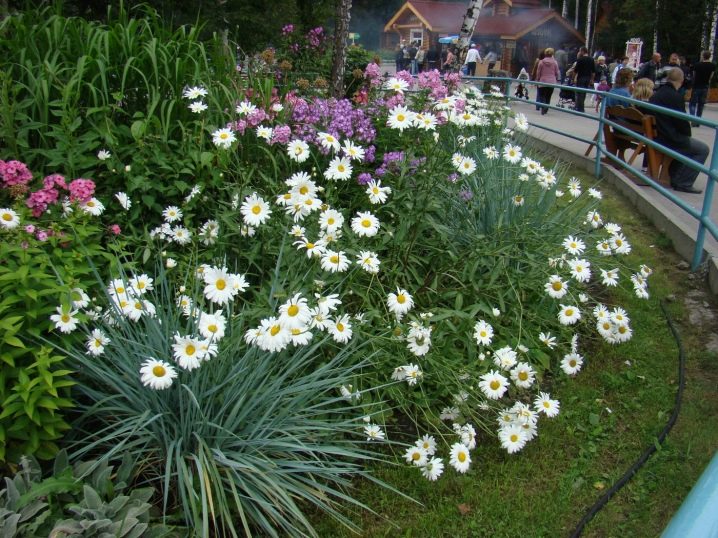
- This plant is great for planting along paths.
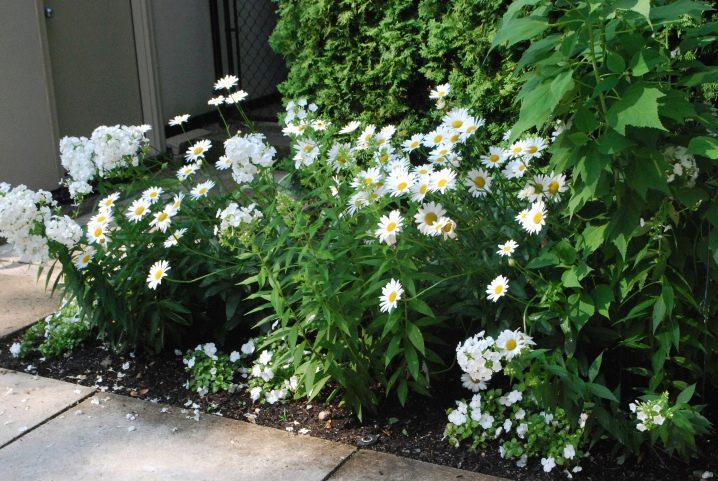
- Against the background of greenery or bright plants, snow-white flowers look very aesthetically pleasing.
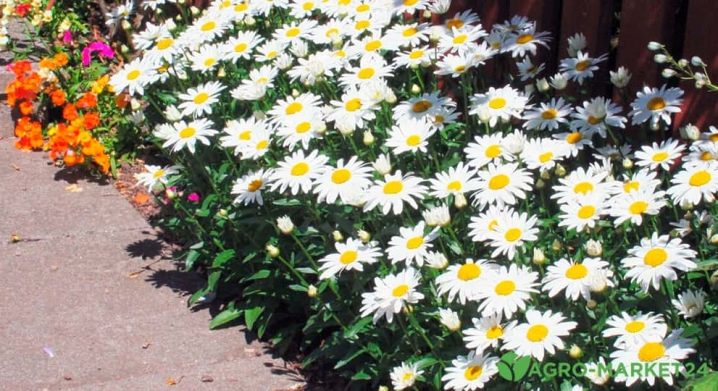
- Even small plants fit perfectly into the design of the plots.
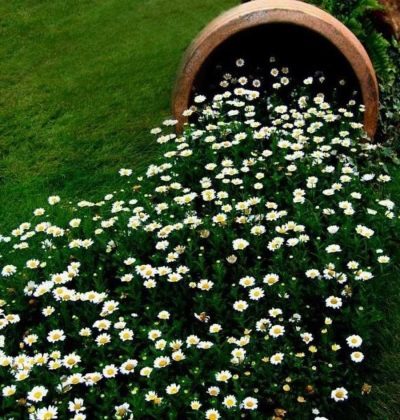
Double flower bushes are self-sufficient as an element of the garden composition. They can be planted along fences, any background will only benefit from the presence of terry beauties.







































































































The comment was sent successfully.